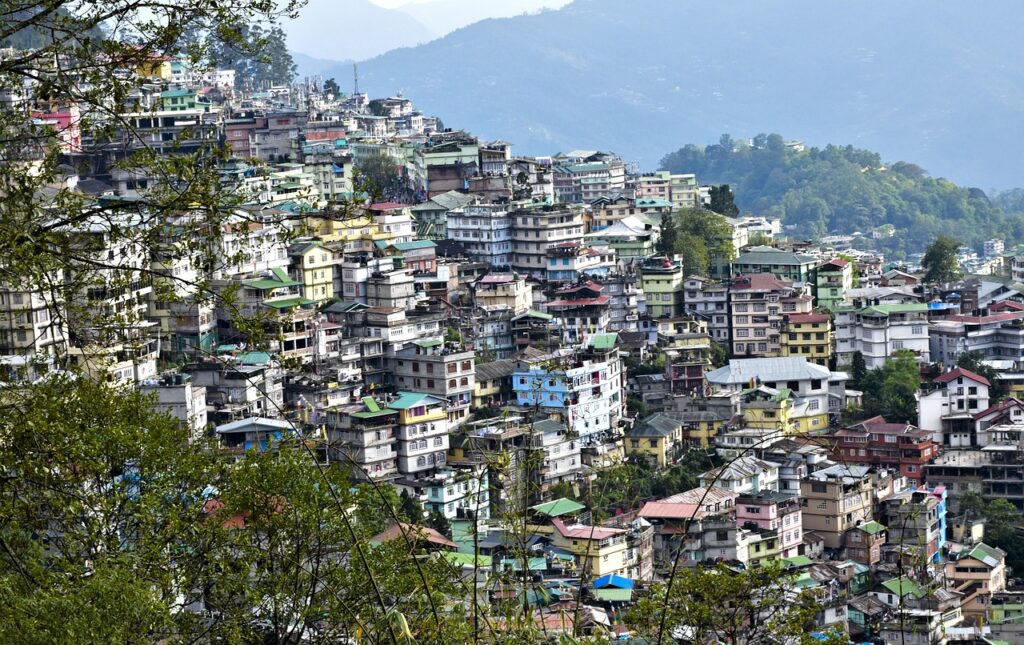
There is no other state like Sikkim. Famous for its snow-covered mountains, lush fields, rich culture, and clean environment, this state of northeast India is a traveler’s or nature lovers’ paradise. Sikkim may be small in size, but it promises a range of experiences that can enchant every traveler. So let’s dive deep into this beautiful land, where we’ll smile, delight and enjoy its charm, culture and natural wonders.
1. A Journey Through Sikkim’s History
History of Sikkim: ancient period Sikkim is a place with rich and interesting history. The original settlers are the Lepchas, who called the region “Nye-Mae-ell,” which means “paradise.” A major turning point was the establishment of the Namgyal dynasty in the 17th century which fused Tibetan Buddhism with existing traditions. Its location attracted political interest, which culminated in its merger with India in 1975. Sikkim today is a vibrant mix of ancient customs and contemporary progress.
2. The Mesmerizing Landscape
The geography of Sikkim is simply magical. From the subtropical valleys at an altitude of 280 meters, to the majestic Mount Kanchenjunga that rises above 8,500 meters, the state offers a plethora of natural features. Its scenic beauty is marked by towering mountains, cascading waterfalls, glacial lakes, and verdant forests.
3. Best Time to Explore
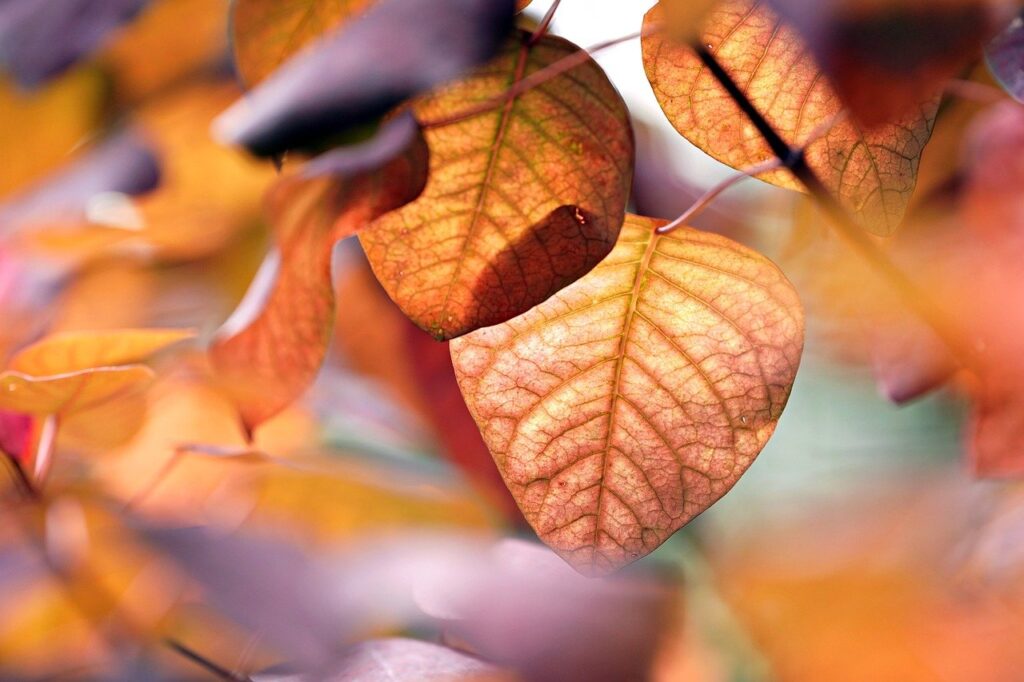
The state truly has four seasons to experience, including:
- Spring (March-May): Best time to see blooming flowers Including rhododendron and orchids.
- Preferred Season (June-August): For lavish greenery and pleasant weather.
- Autumn (September-November): the clear skies and colourful festivals make this peak tourist season.
- Winter (December-February): The cold-weather paradise.
4. Culture
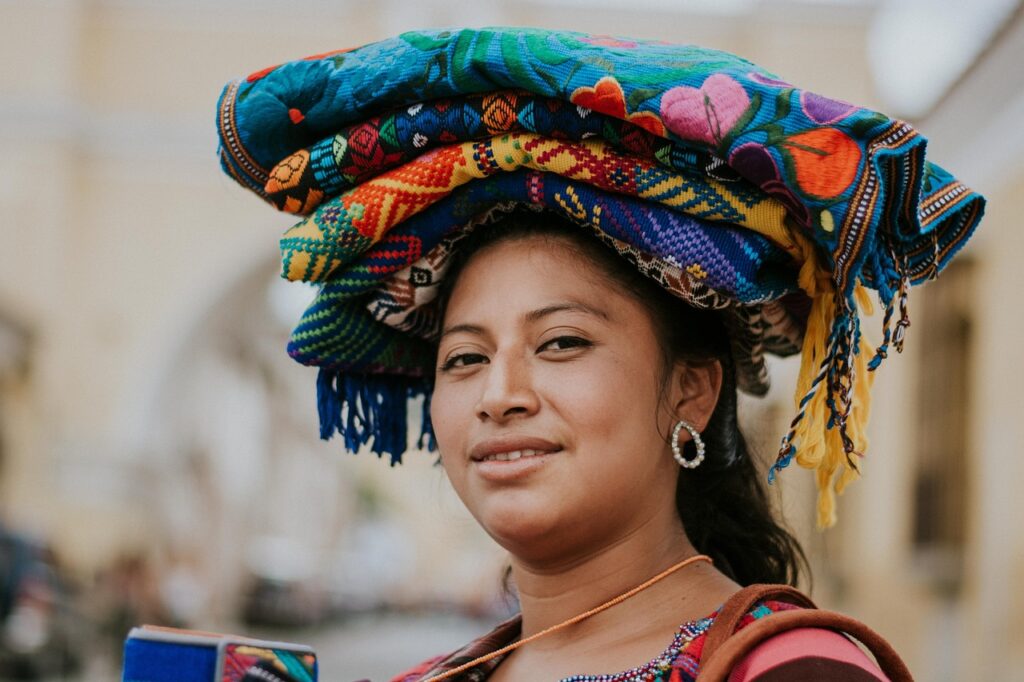
Culture is a patchwork of influences from its indigenous communities, including Lepchas, Bhutia’s and Nepalese. Buddhism is a prominent part of its traditions, reflected in its serene monasteries and colorful festivals. Spirituality and festivity go hand in hand while celebrating Losar (the Tibetan New Year), or Pang Lha sol, a festival dedicated to Mount Kanchenjunga.
Traditional Arts and Crafts
Sikkim Is Known For Beautifully Hand-Woven Carpets, Woolen Blankets, And Thangka Paintings. These artistic traditions are a throwback to the rich cultural heritage of the state, and are a popular souvenir among visitors.
5. Must-Visit Destinations
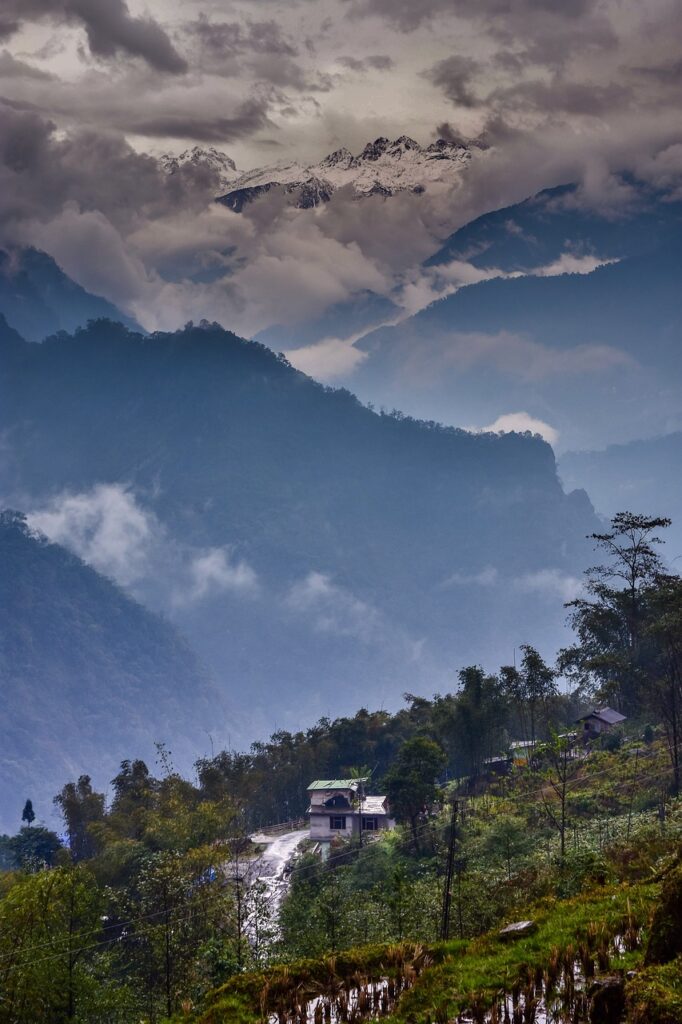
Gangtok
Gangtok, the colorful capital city of Sikkim, offers the urban jungle with this their natural beauty. MG Marg, a pedestrian street where you can eat and shop, and Rumtek Monastery, a holy site, are among the key attractions.
Latching and Yum tang Valley
Lachung is a small quaint village that acts as a gateway to Yum Thang Valley or the Valley of Flowers. Both spring with its blooming flowers and winter with its gorgeous snowy scenery make it an area you do not want to miss.
Tsomo Lake
This glacial lake at altitude is a peaceful escape. Tsomgo Lake, nestled close to Gangtok, takes on the seasonal hues and look that mimic the surrounding beauty.
Nethuli Pass
Nethuli Pass, which is located along the ancient Silk Route, offers a beautiful view as well as a peek into Indo-China trade history.
Pelling
Pelling is known for its panoramic view of Mount Kanchenjunga, as well as attractions such as the Pemayangtse Monastery and the Skywalk.
6. Adventure Activities
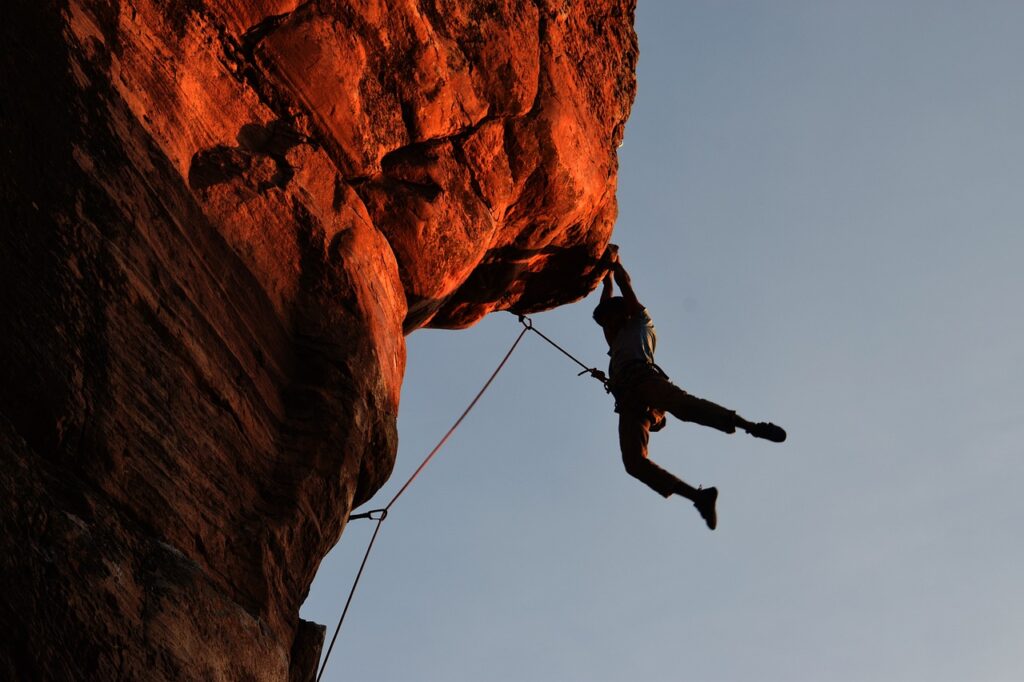
Maybe your thrill-seeking side will get you excited about Sikkim, a land of numerous activities like:
- Trekking: For best views of Himalayas, Gocha La Trek.
- Rafting: The turbulent waters of the Teesta and Rangit rivers offer exhilarating white-water adventure.
- Paragliding: Experience a bird’s-eye view of Gangtok’s scenic landscapes.
- Rock Climbing: Scale rugged cliffs and reach new heights of adrenaline.
7. Culinary Treasures
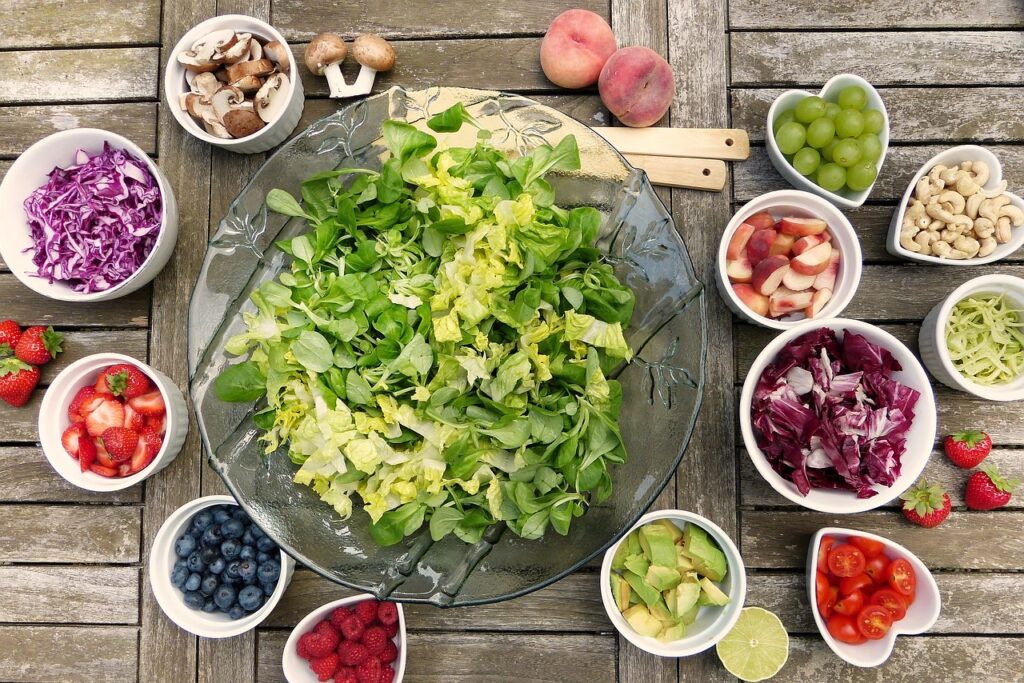
Just as there is a variety in culture, Sikkimese cuisine is all-encompassing. It’s flavored with Tibetan, Nepalese and local influences. Must-try dishes include:
Momos are mouthwatering, boiled or fried dumplings filled with a spicy mixture of vegetables or meat.
Thanhtruc: A noodle soup that is nice and warm on cold days.
Sel Roti: A sweet, crispy bread popular in the Nepalese community.
Gundrum: A fermented leafy vegetable prepared with spices.
8. Biodiversity
plants, with rarities such as orchids and rhododendrons. Its protected areas are a haven for wildlife enthusiasts, offering a glimpse of elusive species such as the red panda, Himalayan black bear and snow leopard.
montreal14 Top-Rated Tourist Attractions in Montreal right now
9. Sustainable Tourism Practices
Sikkim is the flagbearer of sustainable tourism. It was declared India’s first fully organic state, promoting practices that are in harmony with nature. One thing for sure, tourism here is in line with the ongoing environmental conservation efforts of the island, which includes a ban on single-use plastic and promotion of green initiatives.
10. Essential Travel Tips for Sikkim
- Permit: Permits for restricted places like Nethuli Pass and North Sikkim.
- Acclimatization: In high-altitude areas, enable your body to tune.
- Transport: Shared cabs are the most popular form of transport though private vehicles are more comfortable.
- Respect: Mind your local customs, particularly in monasteries and holy places.
11. Festivals and Celebrations
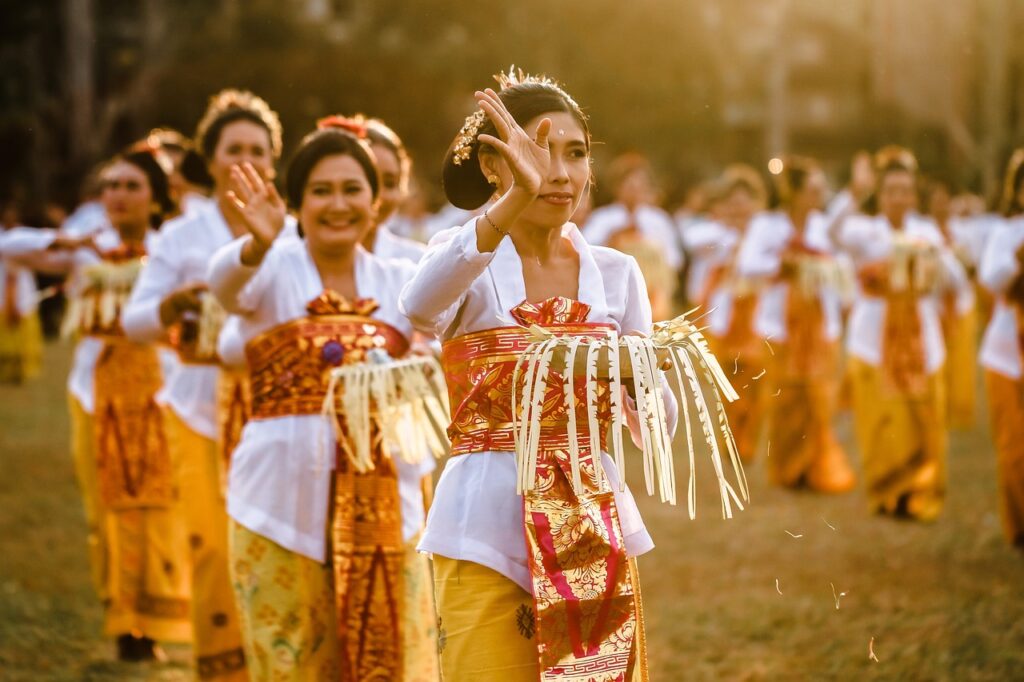
Sikkim is a land of many colours a home for many different festivals showcasing the rich cultural and spiritual heritage of this land. Such celebrations unite people, putting rich traditions, dances, and rituals on display. Below are some of the key festivals in the state:
- Losar Festival: Losar is the Tibetan New Year that involves prayers, feasts, and traditional dances.
- Saga Dawa: A holy Buddhist festival marking the birth, enlightenment, and passing of Lord Buddha. Devotees join processions and hymns.
- Pang Lasio: Celebrated exclusively in Sikkim, this festival pays homage to Mount Kanchenjunga as a guardian deity, representing unity and harmony among communities.
- Dasian (Durga Puja): The most celebrated Hindu festival in Sikkim, where you can see a mix of Nepalese culture.
12. Spiritual Sikkim: A Hub of Monasteries
Sikkim is known as the ”Land of Monasteries” because there are more than 200 monasteries in the area. These holy places are centers for the spiritual and architectural wonders.
- Rumtek Monastery : The largest number of monasteries in Sikkim, Rumtek Monastery in Sikkim is the seat of the Karmapa lineage of Tibetan Buddhism.
- Pemayangtse Monastery: This ancient monastery in Pelling is renowned for its complex wooden artwork.
- Tas hiding Monastery: This monastery is considered the most sacred of the three and a visit to this monastery is said to cleanse oneself of sins.
- The Story of Kaziranga National Park: A Jewel of Assam1 right now
13. Hidden Gems of Sikkim
There is also Sikkim that cannot be without hidden gems of its own but the places which are anything but a tourist trap (al when the popular destinations might be mobbed, go follow them like sheep):
- The Dzung Zone: A special reservation of the Lepcha community where you can explore the untouched lifestyle amidst the wildlife.
- Description: A peaceful village with a magnificent view of the Himalayas & tea gardens.
- Sikip — A quiet place along the Rangeet River, Sikip is the ideal camping and fishing destination.
14. Sikkim’s Organic Mission: Leading by Example
Sikkim has established a global standard by being India’s first organic state. This includes all agricultural practices in the region are green, free from chemical pesticides and fertilizers. The state government’s sustainable farming campaign has bolstered eco-tourism and turned Sikkim into an example of environmental conservation.
15. Local Experiences in Sikkim
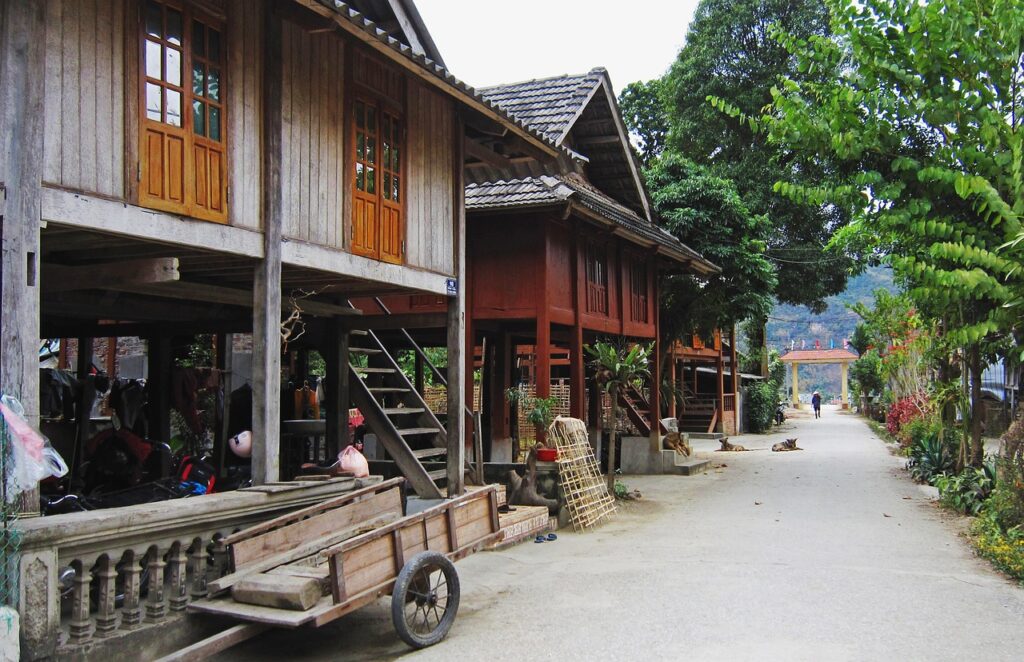
For an immersive experience, visitors can engage with local communities:
Homestays: Live with local families to experience their daily lives and taste authentic Sikkimese food.
Tea Gardens | Go on a trip to visit the tea estates of Temi, the only tea garden in Sikkim, and savour delicious organic tea.
Handicraft Workshops: Spend time with skilled artisans and learn traditional crafts like carpet weaving or Thangka painting.
Conclusion
Sikkim has something beyond all this. Stunning landscapes, rich culture, and a commitment to sustainability make it a haven for travelers in search of an enriching experience. There’s adventure for those looking to chase it, spiritual enlightenment for those looking to travel inwards, and just goddamn glory for those wanting to marvel at the creation of nature. Let this Himalayan jewels engrave themselves in your mind if not in blood!

Excellent
Live life with no excuses travel with no regret…… 👍🏽